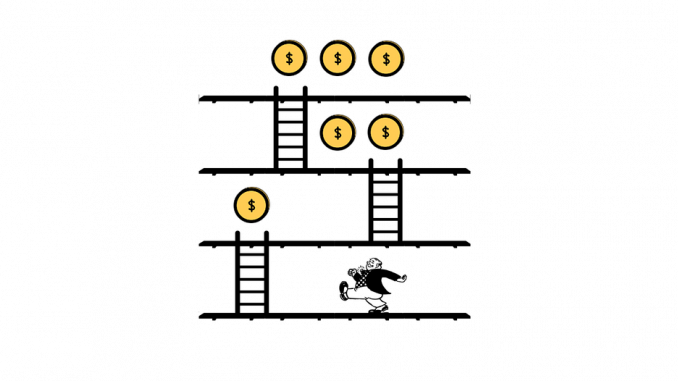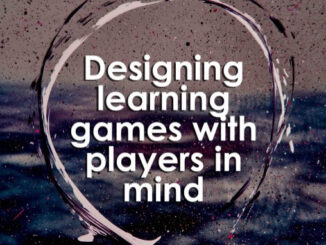
This (I hope) will be a somewhat basic introduction to what motivational design is within the context of gamification whilst having a quick look into a design methodology that may prove useful for anyone looking to get started designing products that motivate their intended audience.
Before we can take a basic look into motivational design, it is important to understand what is gamification and the link that it has to designing products that motivate their intended users to interact with the product being developed.
Games have always had the powerful ability of keeping their players engaged through a variety of ways such as compelling stories or experiences that are hard/impossible to find in average day-to-day activities.
As a result, domains outside of games such as social media and educational tools have been keen to capitalise on the ability to engage audiences using gamification, a process that applies features and elements typically found in games, such as points and achievements into contexts and situations that involve user interaction. Organisations that have been utilising gamification to increase user engagement within a variety of different scenarios include;
- Recyclebank, who are looking to promote positive social change by rewarding users with local deals and savings as they recycle their waste.
- Duolingo with the use of progress bars and awarding the user with badges and in-game currency to spend on customising the app’s owl mascot and accessing more interesting or quirky lessons in their desired languages. (e.g. Flirting or Idioms)
- Serious Games companies, such as Imaginary SRL creating applications and games to address and solve an underlying problem they are approached with.
- Social Media websites such as LinkedIn utilise a progress bar showing your ‘profile strength’ as the user adds more information to their profile such as previous jobs, skills, portfolio links etc.
The effectiveness of any form of gamification is primarily dependant on the ability to encourage the feeling of intrinsic motivation within the intended users, causing them to keep wanting to use the product on a regular basis. This is where effective use of motivational design methodologies come in handy, one good example being the Self-Determination Theory (SDT) as discussed by Richard. M Ryan and Edward L. Deci of the University of Rochester(Adams et al., 2000).
This theory posits that people will experience intrinsic motivation to carry out a task if it allows them to satisfy three motivational constructs, based on human growth tendencies and psychological needs, these being:
- Autonomy: allowing the user to make their own choices and feel that they aren’t being controlled.
- Competence: giving the user opportunities to challenge themselves and improve their skills in carrying out given tasks.
- Relatedness: providing the users with the capability to connect with other people through inclusion or sharing their interests.

Although many games designers have initially attempted to distance themselves from the negative aspects of gamification, where most designers would simply tack on gamified elements to their products just for a quick and easy way to boost user interaction. There are many designers working to improve gamification through useful design methodologies by highlighting its strength as a tool to motivate learning and interaction by effectively using both game elements and psychological constructs. (similar to the ones discussed within SDT)
This is only scratching the surface of the rabbit hole that is motivational design, but I hope that this serves as a nice starting point for people who are interested in this topic.
Bibliography and handy reading:Adams, N., Little, T. D., Ryan, R. M., & Deci, E. L. (2000). Self-determination theory and the Facilitation of Intrinsic Motivation, Social Development, and Well-Being. Development of Self-Determination Through the Life-Course, 55(1), 68–78. https://doi.org/10.1007/978-94-024-1042-6_4
Medical Center, U. of R. (2020). Our Approach: Self-Determination Theory. https://www.urmc.rochester.edu/community-health/patient-care/self-determination-theory.aspx
Self-Determination Theory and the Facilitation of Intrinsic Motivation, Social Development, and Well-Being: https://selfdeterminationtheory.org/SDT/documents/2000_RyanDeci_SDT.pdf
A Gamification- Motivation Design Framework for educational Software Developers: https://www.researchgate.net/publication/325886498_A_Gamification-Motivation_Design_Framework_for_Educational_Software_Developers?enrichId
- Observing how games teach players to think and plan ahead - 12th March 2021
- Learning about systems using games. - 15th January 2021
- Focus on… Wargaming and Wargames - 8th November 2020





Be the first to comment